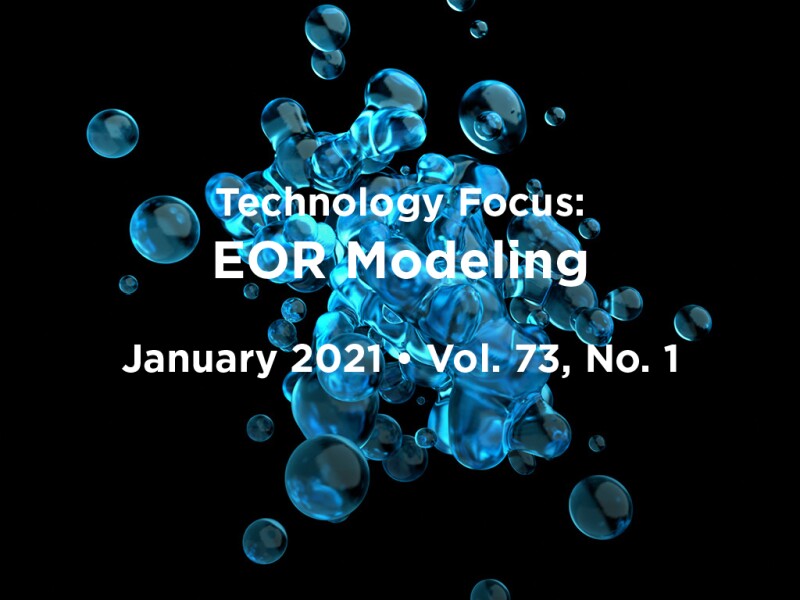The enhanced-oil-recovery (EOR) literature produced in the past several months was dominated by reservoir modeling and characterization; flood enhancements; machine learning; and, more notably, relative permeability estimation. This last one needs to be understood further.
Relative permeability characterizes flow in porous media, the understanding and manipulating of which is key to the success of EOR. Our fascination with the topic during the last 75 years, therefore, is understandable. Starting with a seminal paper from W.R. Purcell in 1949, we have more than 12,000 articles in the SPE collection alone on relative permeability estimation, of which more than 400 were published in the last year.
Mechanics of motion is also important to mankind, but we do not have literature piling up on Newton’s laws of motion. Is it that we haven’t understood flow in porous media yet, or is it because the subject matter is so complex? The truth, perhaps, lies somewhere in between.
Flow in pores that are randomly sized, randomly connected, and have variable chemical makeup is, by nature, complex and mathematically unmanageable. Relative permeability has been our attempt to lend its aggregate behavior some sense of manageability. This has always been done in a fit-for-purpose manner. What is fit for one context, however, may not be so for the others, and this uncertainty continues to churn out theses, antitheses, and syntheses. Expectedly, even more such activity arises with every improvement in computing capabilities, as is once again evident with advances in machine learning—new tools to handle old problems. That is where my first pick is for you, with some additional suggested readings in references that follow.
Data analytics does much more than estimate relative permeability, and the second paper abridged here uses it to predict a flood performance.
To allow a break from data science, the third paper chosen deals with the important topic of electromagnetics as applied to reservoir characterization and heating.
I hope you find these to be useful and interesting reads.
This Month's Technical Papers
Artificial Neural Network Models and Predicts Reservoir Parameters
Data-Mining Approach Evaluates Production Performance in the Permian Basin
Study Interprets Electromagnetic-Wave Penetration, Absorption for Bitumen Reservoir
Recommended Additional Reading
SPE 197615 Accurate Modeling of Relative Permeability Hysteresis in Water-Alternating-Gas Experiments by Shokoufeh Aghabozorgi, Heriot-Watt University, et al.
URTeC 198231 Upscaled Gas and Water Relative Permeability From Pore- and Core-Scale Experimental Data Over Hydraulic Fracturing, Flowback, and Online Production by Dongying Wang, China University of Petroleum, et al.
SPE 76757 Experimental Verification of Methods To Calculate Relative Permeability Using Capillary Pressure Data by Kewen Li, Stanford University, et al.
SPE Journal Paper 949039-G Capillary Pressures—Their Measurement Using Mercury and the Calculation of Permeability Therefrom by W.R. Purcell, Shell


